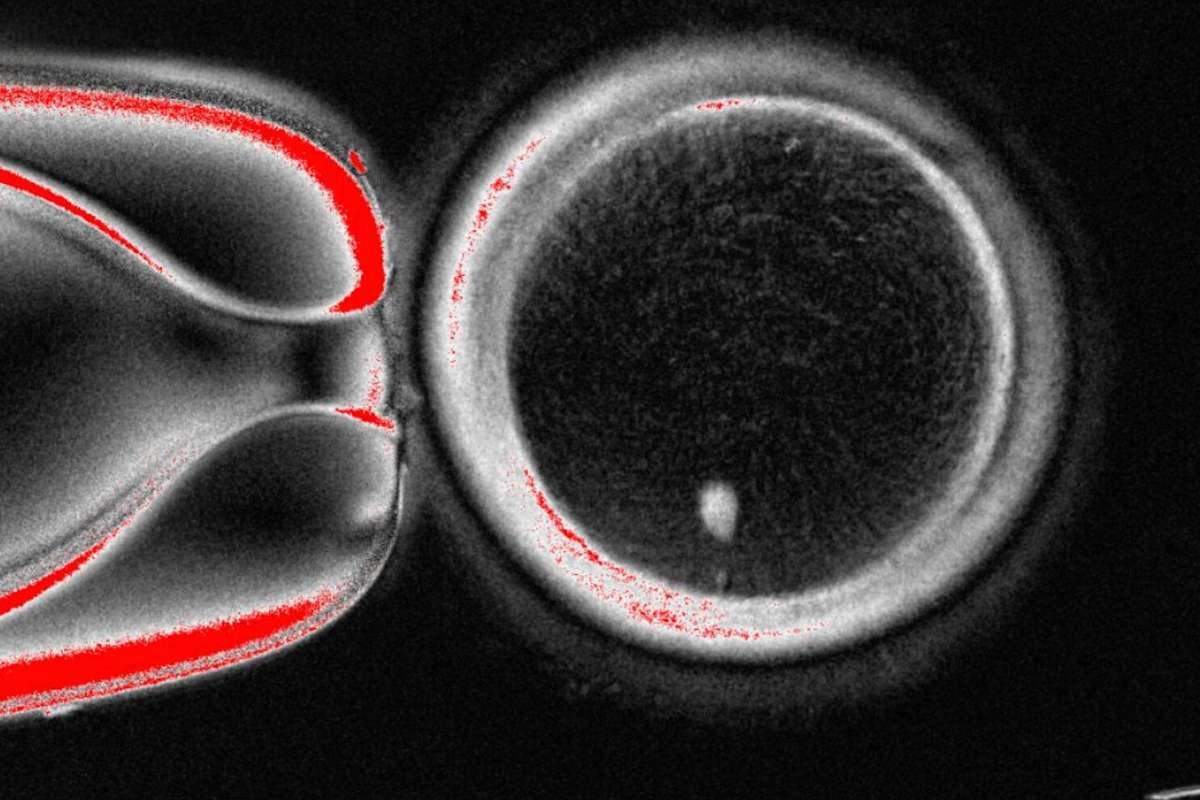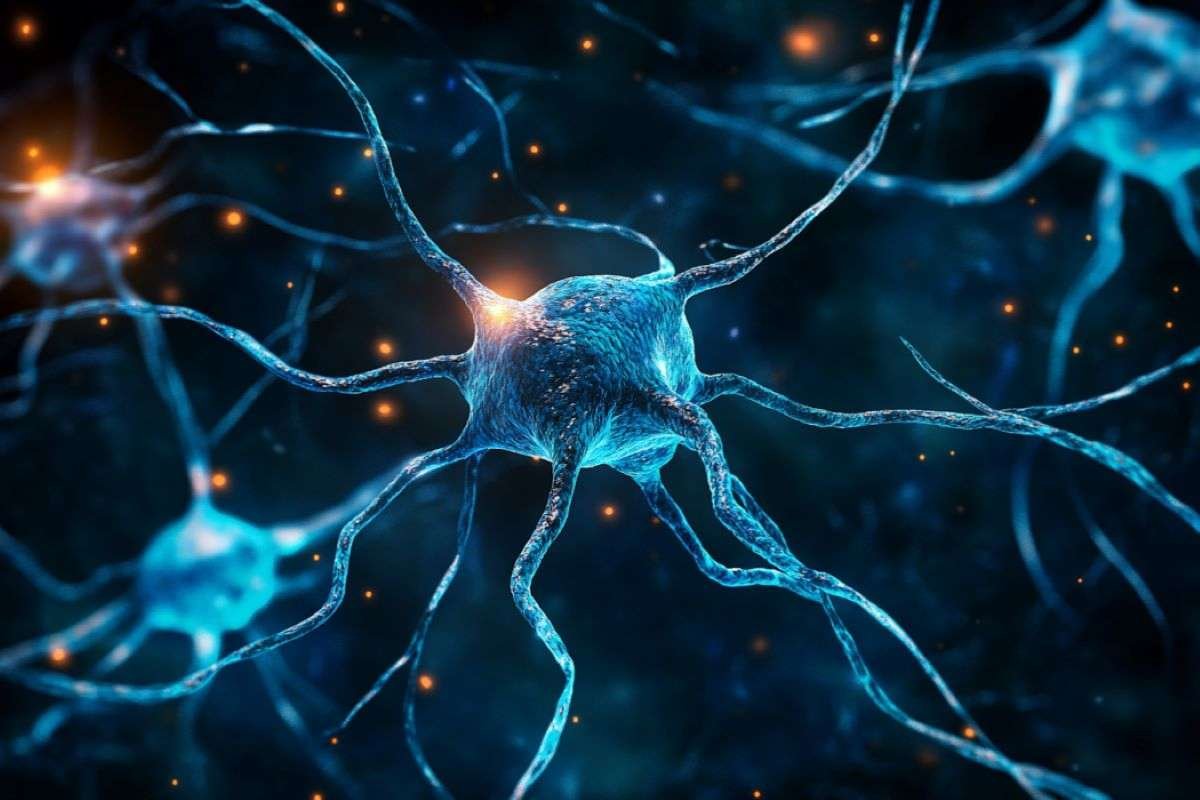Key Points:
- Scientists made human eggs from skin cells.
- It could help with infertility and same-sex couples.
- Clinical use is still a decade away.
A team of researchers in the United States has developed a new technique that turns human eggs from skin cells into functional eggs, which are then fertilized by sperm in a laboratory. The findings, published Sept. 30 in Nature Communications, represent a scientific first and may eventually lead to new treatments for infertility.
The method, described as “proof of concept,” produced eggs that could be fertilized and developed up to day six, the stage when embryos are typically implanted during in vitro fertilization (IVF). Only about 9 percent of the fertilized eggs reached this stage, but the study demonstrates a potential pathway for creating reproductive cells outside the human body.
“We achieved something that was thought to be impossible,” said Shoukhrat Mitalipov, a researcher at Oregon Health and Science University. “Nature gave us two methods of cell division, and we just developed a third.”
New technique shows early promise
The process, named “mitomeiosis,” combines elements of normal cell division (mitosis) with the specialized division that creates reproductive cells (meiosis). Researchers removed the nucleus from a human skin cell and transferred it into a donor egg that had its nucleus removed. The egg was then triggered to divide and reduce its chromosome count to the expected 23, enabling fertilization by sperm.
The experiment produced 82 eggs, which scientists fertilized with sperm. A small number of these developed into blastocysts—early-stage embryos that form by day six in natural conception or IVF.
“In addition to offering hope for millions of people with infertility due to lack of eggs or sperm, this method would allow for the possibility of same-sex couples to have a child genetically related to both partners,” said Paula Amato, professor of obstetrics and gynecology at Oregon Health and Science University. This shows how human eggs from skin cells could transform reproductive choices in the future.
Despite the breakthrough, the researchers emphasized that the technique is far from clinical use. Many of the eggs showed an abnormal number of chromosomes, a major hurdle for further development.
Ethical concerns remain unresolved
The study raises complex legal and ethical questions. While U.S. laws allow this type of research under strict oversight, experts note that in countries like Australia, creating human eggs from skin cells may fall into a legal “grey area.”
“Before we can even consider using this clinically, we would need to have extensive trials with human cells,” said Evie Kendal, a bioethicist at Swinburne University of Technology. “The law may treat an egg created from a skin cell the same way as one derived naturally, which could restrict experimentation.”
Ethical debates around reproductive technologies often focus on the risks of “designer babies,” unequal access, and the rights of future children. While scientists stress that the work is preliminary, they acknowledge that more public discussion will be needed as research progresses.
Future applications are still distant
Mitomeiosis is not the only approach under study. For more than a decade, researchers have investigated “in vitro gametogenesis” (IVG), which involves reprogramming adult cells into stem cells before turning them into eggs or sperm. Both IVG and mitomeiosis aim to reduce the physical burden of egg collection in IVF, but neither is close to clinical approval.
“The science is impressive, and the researchers were careful to seek the necessary review and guidance for their work,” said Roger Sturmey, professor of reproductive medicine at the University of Hull. “However, the rates of success reported in the study are comparatively low, and so the prospect of putting all this to clinical use remains distant.”
For now, the team is focused on understanding how chromosomes split and pair during reproduction, hoping to improve the accuracy of the process. Researchers estimate that it could take at least a decade before the method could be considered for human use.
“This work is very preliminary and still probably at least a decade away from clinical application,” Amato said.
The breakthrough offers a glimpse into a future where same-sex couples or individuals with infertility could have children genetically related to them. The creation of human eggs from skin cells represents a major advance in reproductive science, though scientists and ethicists agree: the path from laboratory to clinic will be slow, carefully regulated, and fraught with ethical debate.
Visit more of our news! The Lifesciences Magazine







